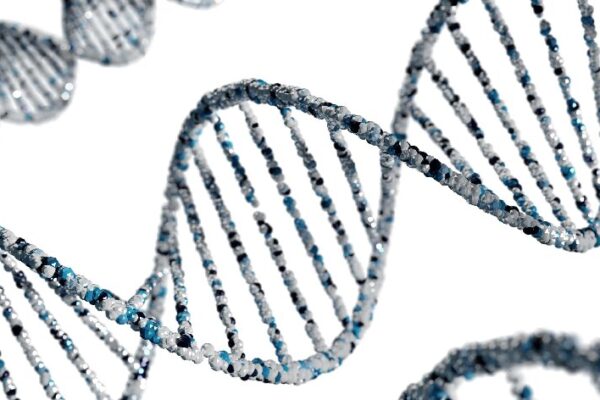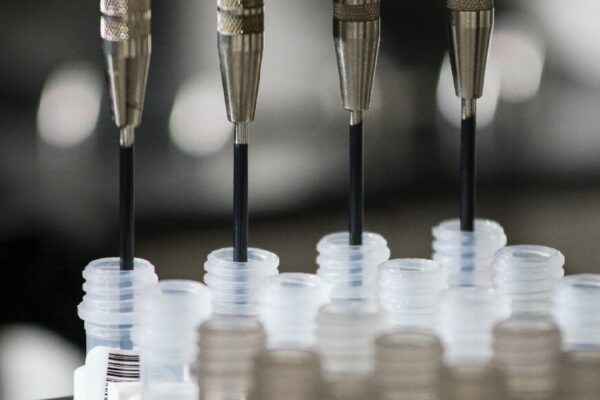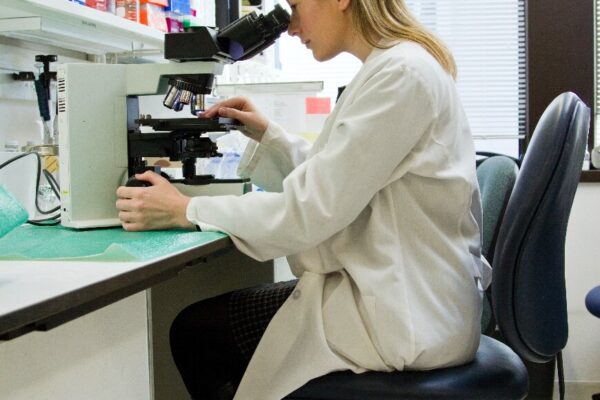
The Role of Artificial Intelligence in Social Media Marketing
Social media has transformed marketing. Platforms like Instagram with its 2 billion subscribers allow businesses to connect directly with customers and build their brands through compelling visual storytelling. However, the highly competitive and fast-paced nature of social media also presents challenges. This is where artificial intelligence (AI) comes in. AI technologies are revolutionizing social media…











